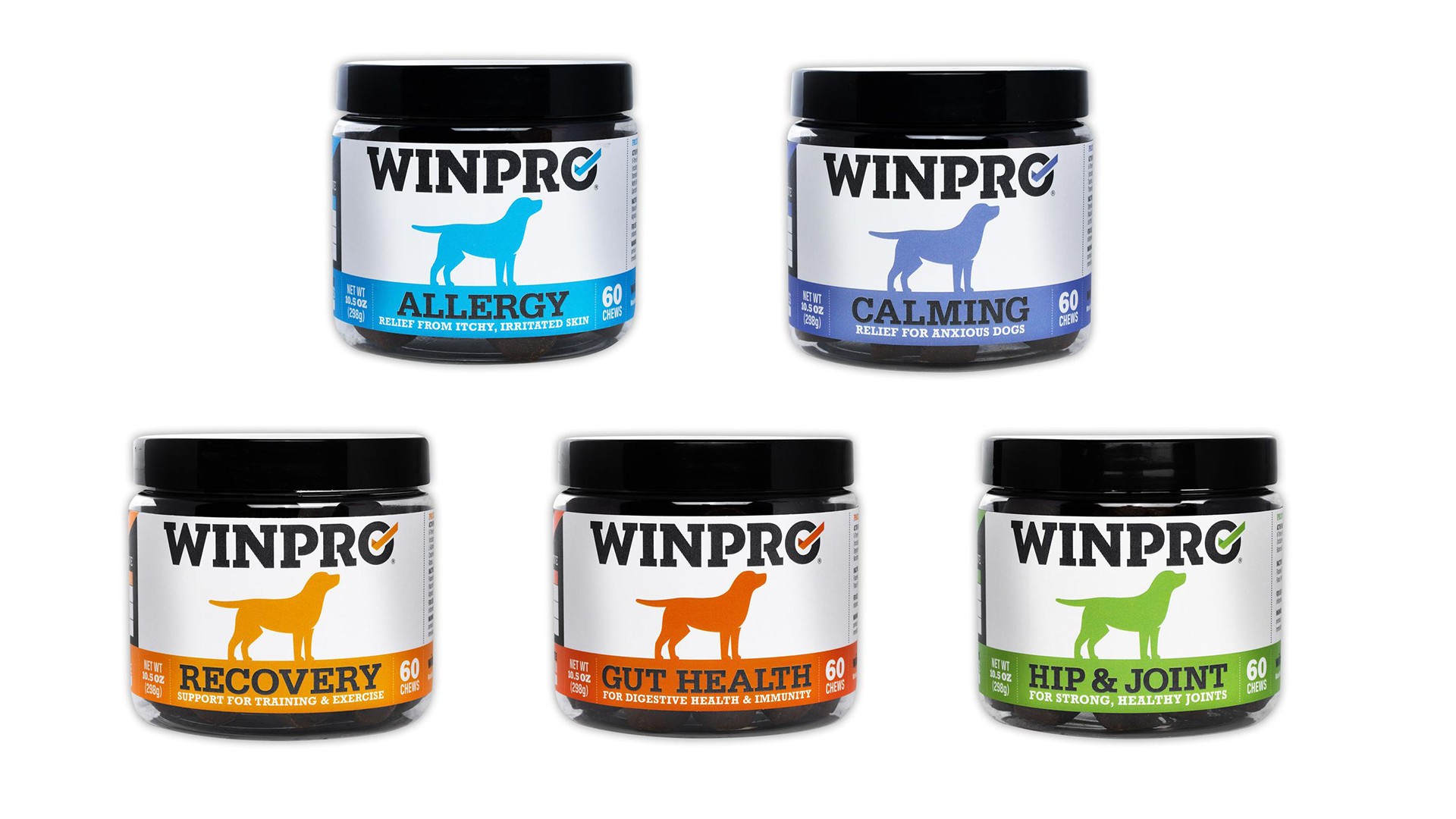If you have ever thought about what non-dog food your pup can eat, you’ve come to the right place. Generally, apples are safe for dogs to eat, among a handful of other fruits. Fruit carries so many health benefits, not only for us but for our pups, too.
The WINPRO team has your dog’s back; safety is one of our top priorities with your dog’s health in mind. Let’s cover what you need to know about feeding your dog apples.
Should Dogs Eat Apples?
It’s no exaggeration to say that owning a dog is a huge responsibility! One of the most crucial aspects of pup parenthood is ensuring that your pet doesn’t snag any foods that they’re not supposed to be eating.
There’s a lot to know about food and how it can impact your pet. It’s essential to make sure that your pet is getting the nutrients they require and not getting any food that could be potentially detrimental to their overall health.
Frequently our pets like to snatch food we have lying around in the house, so it’s important to understand what foods could cause harm to your dog.
If you enjoy an apple or two a day, you’ve probably thought about slipping your pup a bite. But do you know what happens when you give your dog an apple?
Read on, and you’ll learn more.
Can My Dog Eat Apples?
First things first, the answer is yes, your dog certainly can eat an apple.
Dogs often enjoy these fruits, and they can be beneficial to your pup’s health. Talk about a win-win! Of course, there are things you should know about feeding your pet an apple.
We suggest you cut the apple into slices or pieces. Smaller pieces of fruit can help your dog chew and swallow the pieces easier than if they were large chunks.
If you are considering giving them fruit with seeds, you’ll want to avoid seeds at all costs. In fact, apple seeds contain amygdalin. After apple seeds are chewed, amygdalin then releases cyanide into the bloodstream. Cyanide is a harmful chemical that should never be ingested, not even in small amounts that can come from apple seeds.
To take the safer route when cutting up an apple for your pup, you will want to pull the core — including the stem. Again, this is because it poses a choking hazard to your pup.
Keeping moderation in mind, apples are a delicious, healthy treat for your dog but you shouldn’t feed them an unlimited amount. Eating too many apples could lead to diarrhea or a bellyache in your pup.
If your dog doesn’t like eating apples but you want them to reap the health benefits, there are other ways to integrate apples into their diet. One way is to use apples in recipes. If you like to cook or create treats for your dog at home, try incorporating apples into some of your creations.
Recipe idea: Apple Pretzels. This is a simple, delicious dog treat with few ingredients. All you’ll need are eggs, unsweetened applesauce, and almond flour.
What Are the Health Benefits of Apples for My Dog?
Now, let’s dive into some of the health benefits associated with feeding your dog apples.
Apples are a valuable source of vitamin C, fiber, phosphorus, and calcium. In addition, apples are sweet — meaning they’re a fabulous way to give your dog a treat that won’t harm them (like chocolate, which is a major no-no for your pup).
Another reason apples are an excellent food to incorporate into your dog's diet is because they’re low in calories (relatively speaking). When you feed your dog an apple, you’ll notice they will probably enjoy the taste of the fruit and the loud crunch.
Apples also help to keep your dog’s teeth clean. Nevertheless, you shouldn’t substitute an apple for the dental care your pup needs!
What Other Fruits Can My Dog Eat?
So apples are a go, but what other fruits are suitable for your dog? We can help you figure out what fruits you can feed your pet.
Some of the other fruit options that are safe for your pup to eat include the following:
- Blueberries — These are incredibly antioxidant-rich, meaning they’re healthful for your pup. Blueberries are an excellent alternative to bagged treats. They’re even better frozen on a hot summer day!
- Bananas — If you’re going to give your dog a banana, feed it to them in moderation — while bananas are high in potassium, biotin, copper, fiber, and vitamins, they’re too sugary to be part of your dog’s main diet.
- Cranberries — Feed these to your pup in small quantities; too many can lead to a bellyache.
- Cantaloupe — This fruit has lots of nutrients, low calories, and is an excellent fiber and water source. Nevertheless, it’s high in sugar, so feed it to them in moderation.
- Mango — As long as you remove the pit first, you can give this as an occasional treat.
- Cucumber — Cucumbers are ideal if your dog needs to shed pounds instead of hair. Cukes have no fats, oils, or carbs — and even boost your dog’s energy levels!
- Pears — As long as you remove the pit and seeds, pears can be an excellent snack that is rich in vitamins C, K, and copper, too.
- Oranges — Oranges are safe for your dog to eat, though they might not want to. They provide potassium, fiber, and vitamin C. Just toss away the peel and remove any seeds.
- Peaches — While peaches are safe and healthy — they provide your pup with fiber and vitamin A – be sure to remove the pits.
- Raspberries — These fruits contain antioxidants and are low in sugar and calories. Raspberries are also high in manganese, vitamin C, and fiber. They’re ideal for senior dogs due to their anti-inflammatory properties. However, they have xylitol in them so give your pup less than a cup at a time.
- Strawberries — These can provide your pet with fiber and vitamin C, but they’re also sugary! Be careful not to overfeed.
- Pineapple — Remove the outside peel and crown, and you have an excellent treat. We recommend you give your dog only a few chunks at a time.
- Watermelon — If you remove the rind and seeds, then yes! This fruit is safe for your dogs. Since this fruit is so high in water content, it’s a nice summer treat on hot days.
Conclusion
We know: pet parenting is a huge responsibility. We are here to support you through figuring out how to get your dog the nutrients they need — and none that they don’t!
Next time you’re debating what fruit to give your pup, you should know that there are a lot to choose from. You’ll find that apples are an excellent choice. With that signature crunch, taste, and health benefits, there are so many reasons why your dog will love apples!
Of course, remember that there are plenty of other ways to support your pet’s health — such as with supplements!
Sources:
Fruits and Vegetables Dogs Can or Can't Eat | American Kennel Club
Can Dogs Eat Apples? Can Dogs Have Apples? Are Apples Good For Dogs? | American Kennel Club
Previous Post Oat and Apple Pretzel Dog Treats | The Cookie Rookie
Cyanide, Arsenic, and Other Toxins in Fruit: Apple Seeds, Peach Pits, Cherry Pits | PickYourOwn.org



